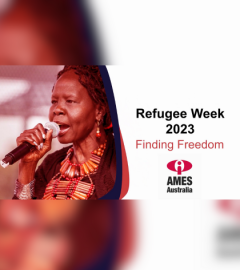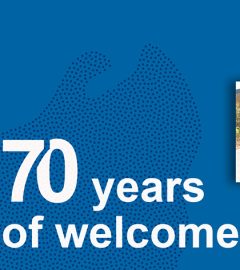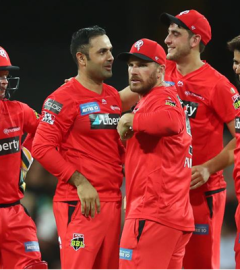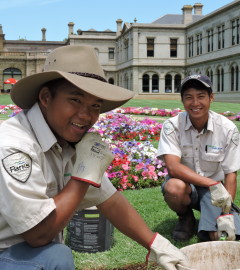Why we must defend migrants and multiculturalism in Australia
Opinion By Vanda Fortunato, Chair AMES Australia
Many members of Australia’s diverse communities will be feeling uneasy about the recent migration protests across the country.
There were some confronting images generated by the protests and some mistaken claims made by the organisers around migration levels, housing and jobs.
The truth about migration and multiculturalism in Australia is something very different and it’s important to put the record straight.
For a start, the Scanlon Institute’s annual social cohesion index consistently finds that around 80 per cent of Australians think migration and multiculturalism are good for Australia.
Multiculturalism has delivered significant cultural and economic dividends for Australia. Just think espresso coffee, banh mi, souvlaki and tandoori chicken. And think the mechanical heart, the solar panel and high-rise housing.
 Indeed, images on social media of flag draped protesters enjoying yum cha, in a Melbourne restaurant, after the march probably say it all.
Indeed, images on social media of flag draped protesters enjoying yum cha, in a Melbourne restaurant, after the march probably say it all.
Our rich tapestry of different traditions, foods, music, and perspectives broadens everyone’s worldview and enriches the collective experience.
A recent McKell Institute study found multiculturalism also fosters greater open-mindedness, tolerance, and social cohesion by exposing people to diverse perspectives, traditions, and ideas.
One of the false narratives prosecuted by some of this week’s protesters was about record levels of mass migration and that Australia was ‘bringing in 1,500 new overseas arrivals each day’.
Federal government figures show net overseas migration for the 12 months to 31 December 2024 was 341,000 people. That’s down 37 per cent compared to a peak of 538,000 in the 2022-23 year.
That number was a result of a spike in migration that came after the re-opening of international borders, following the COVID-19 pandemic.
Professor Alan Gamlen, of the ANU’s Migration Hub, says migration is currently “not at a record level” and “the trend of migration is steeply downwards”.
Another of the false claims promoted by some of the protesters was around migration and housing.
The Reserve Bank recently said the cause of high house prices was not an increase in migration but a shortage of housing supply, made worse by the pandemic.
And most economists say cutting migration will have little effect on housing affordability but may damage economic growth while creating even greater skills shortages.
Housing unaffordability has been on an upward trend for decades and linking it to migration is misleading.
Lower migration levels, especially in sectors like construction, could drive costs even higher thereby worsening housing affordability.
Narratives about migrants taking jobs from Australians are also false. Australia is facing critical skills shortages in many sectors and needs migrants to fill these gaps.
Also, new arrivals and their families add to the demand for labour and goods and services; as well as adding to the available supply of workers, especially skilled ones.
Research by the federal government’s Centre for Population and the OECD found that migrants and refugees are more entrepreneurial than locally born people and are more likely to create businesses or innovations that employ people.
The research also found migrants boost the labour productivity of Australian-born workers.
On average, a region with a ten per cent larger migrant share has a 1.3 per cent larger regional wage difference, which indicates a positive link between migration and labour productivity.
Migration also boosts the employment of the Australian-born population and does not affect its wages.
A one percent rise in the annual migrant inflow leads to a 0.53 per cent increase in the employment of the Australian-born population. Australian-born people of all skill levels, ages or genders benefit from this positive effect, the research said.
For over more than a century, successive waves of migrants have made huge contributions to building modern Australia – from the Afghan cameleers, who helped to open up the outback, to the post-war European workers who built the Snowy River Scheme.
Migrants and refugees continue to make significant contributions to Australian life.
Comedian Anh Do, artist Judy Cassab, scientist Dr Karl Kruszelnicki, athlete Gout Gout, biologist Sir Gus Nossal, footballer Aliir Aliir, broadcaster Les Murray and businessman and philanthropist Frank Lowy are just a few.
Australia is the most successful multicultural nation in the world with a third of us born overseas and half of us with at least one parent born overseas. Slashing immigration is shutting the gate on a horse that has already bolted.
But in an age of industrial disinformation and distortions being amplified on social media, it has never been more important to show solidarity with our diverse communities and to bolster the high levels of social cohesion we enjoy in Australia.
Part of that is to call out false narratives and outright lies.












